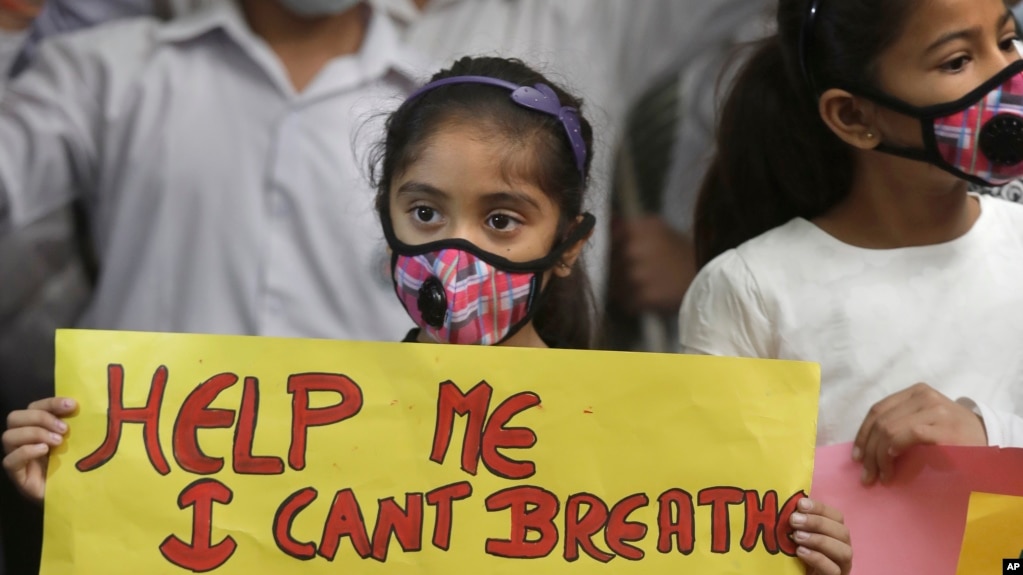Recycling To Avoid Environmental Pollution
sha
July 13, 2017
0 Comments
 |
| After all done, I'm pasting the recycling symbol paper |
We've all heard the saying "reduce reuse recycle", but it is still an important topic that WAY too many of us overlook. We live in a culture that doesn't understand the dangers of having so many non-reusable and wasteful products and habits in our lives. Reducing, reusing, and recycling are important for many reasons. For starters, one of the most personal reasons: eco-friendly habits save us money. In addition to saving money, eliminating waste usually leads to an elimination of harmful chemicals in our home, as well.
♥ At the same time Government has done for us so many good service such as this recycling bin in most of the shopping malls so I highly recommend each individual to use the service that has done for us.
Be a part to preserve our environment.


















